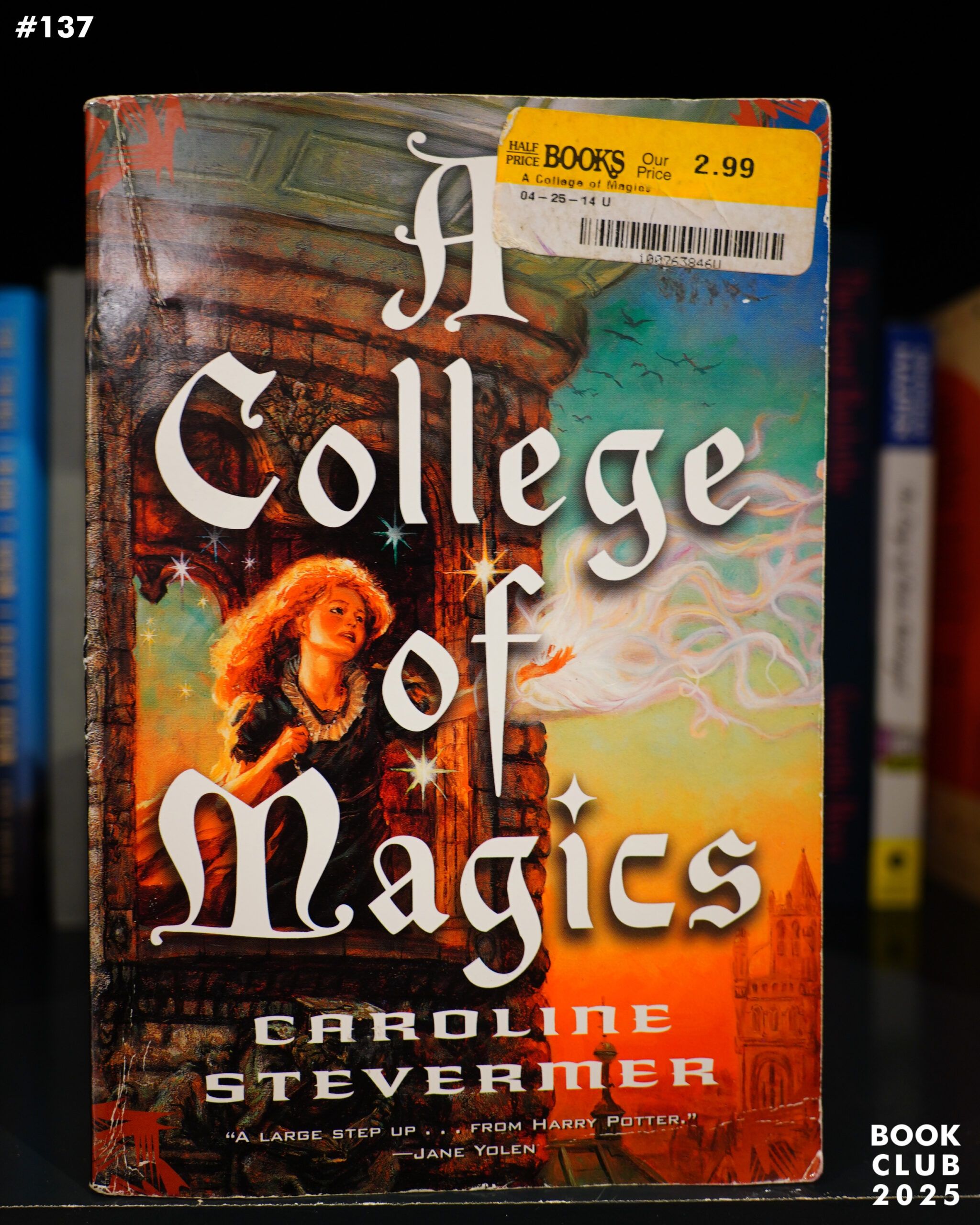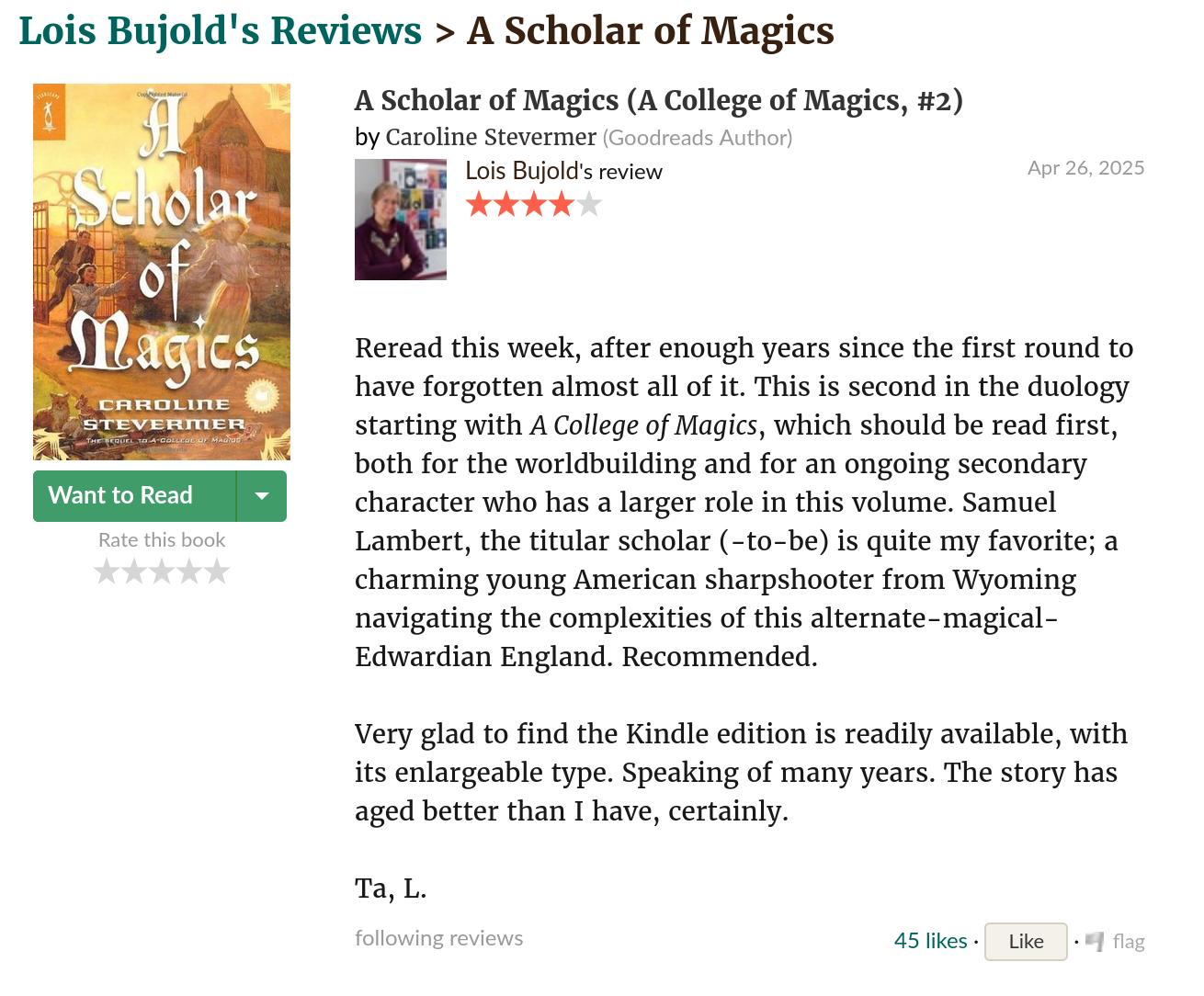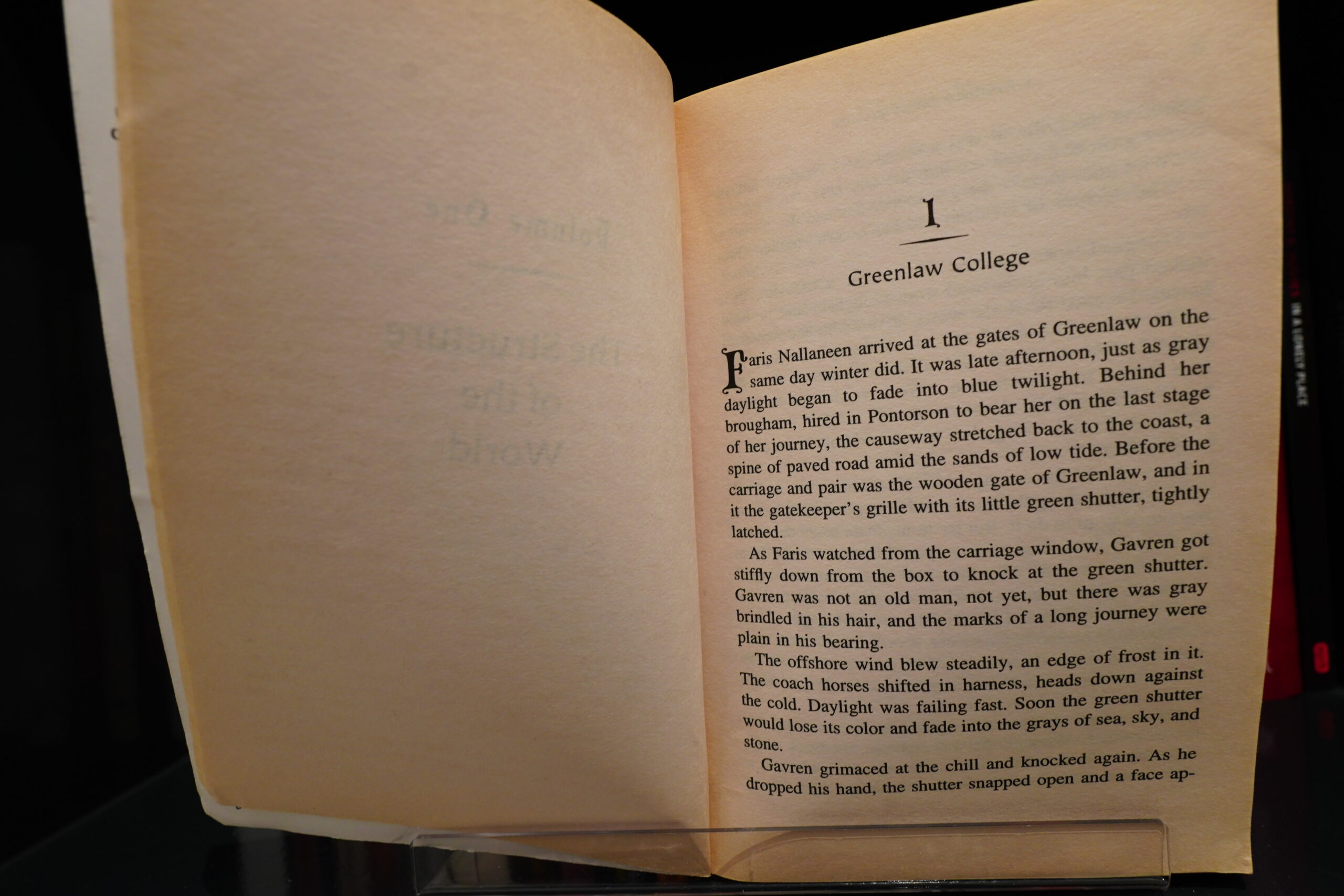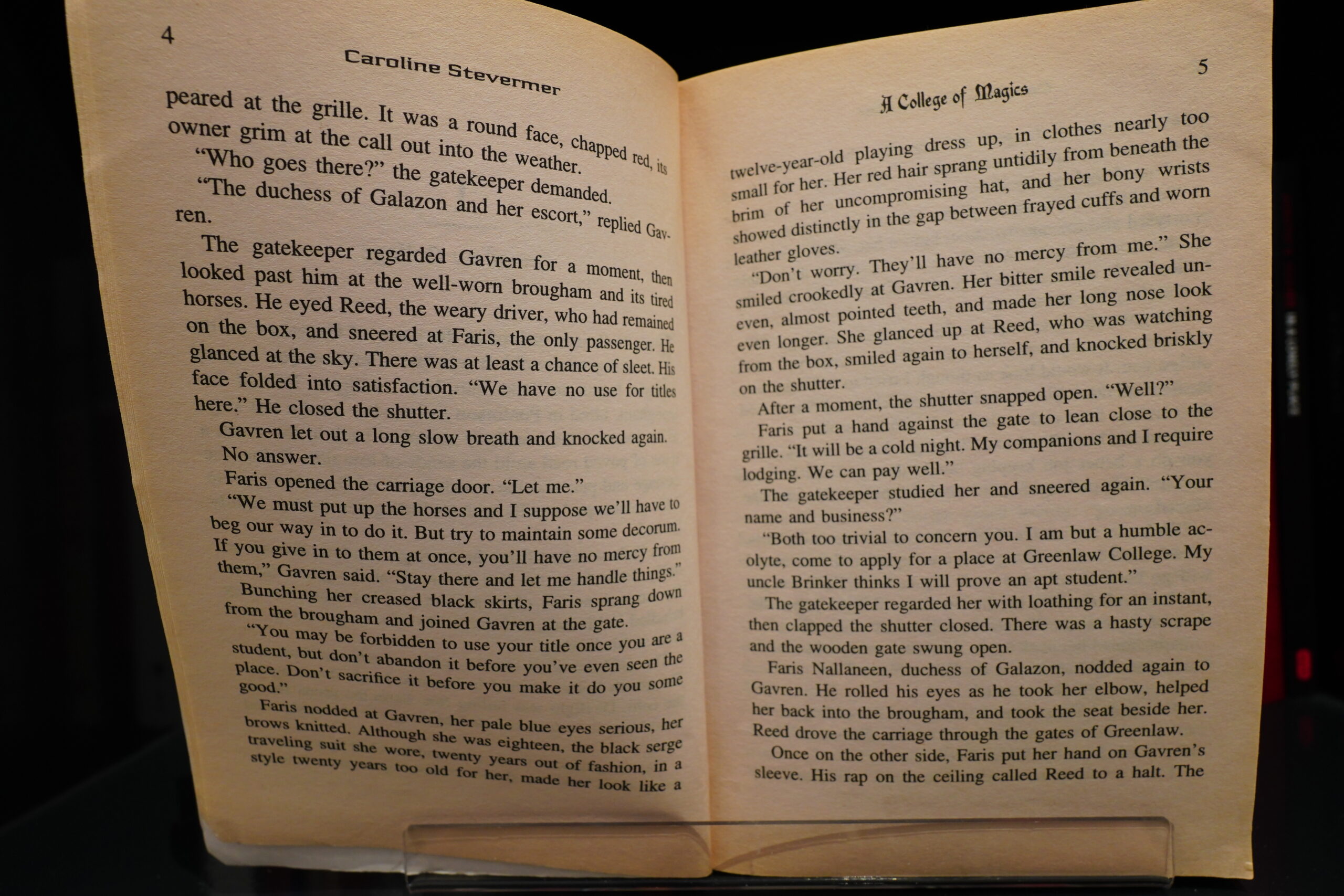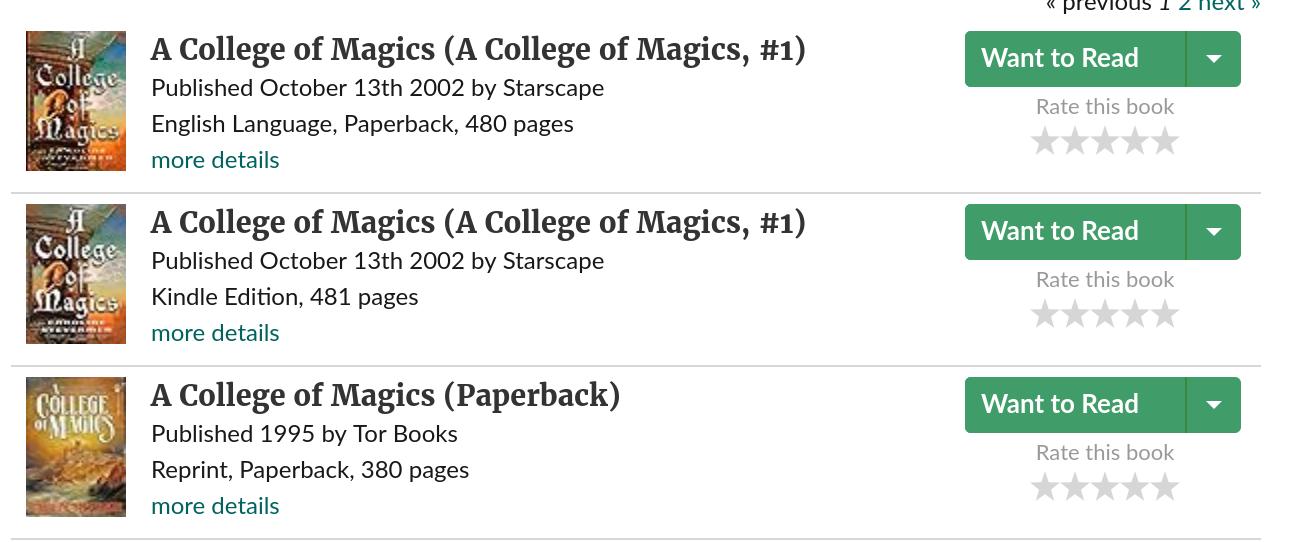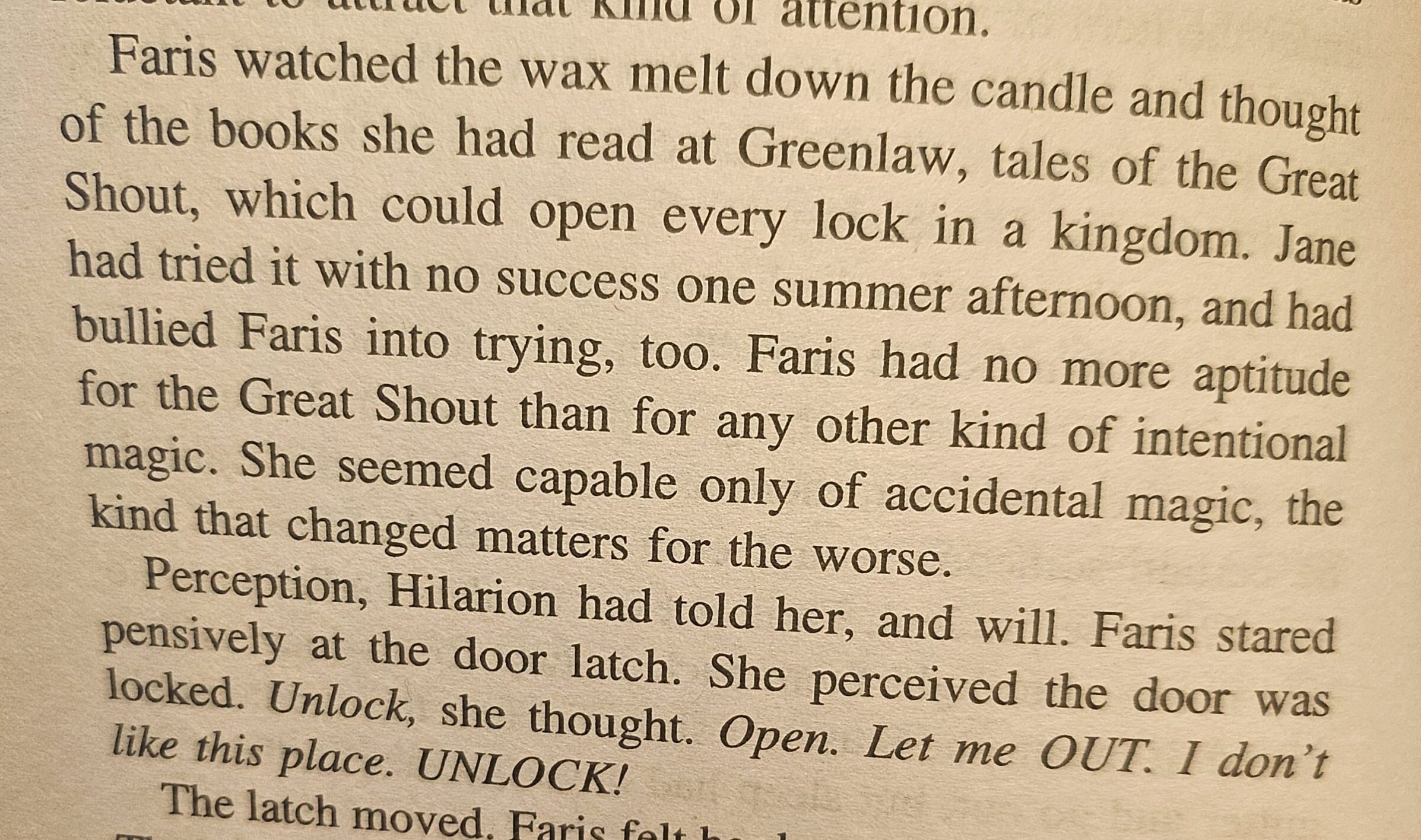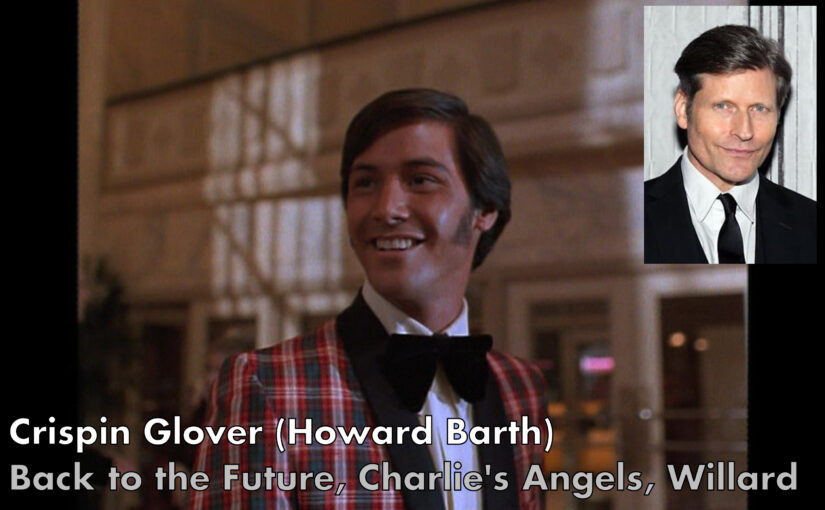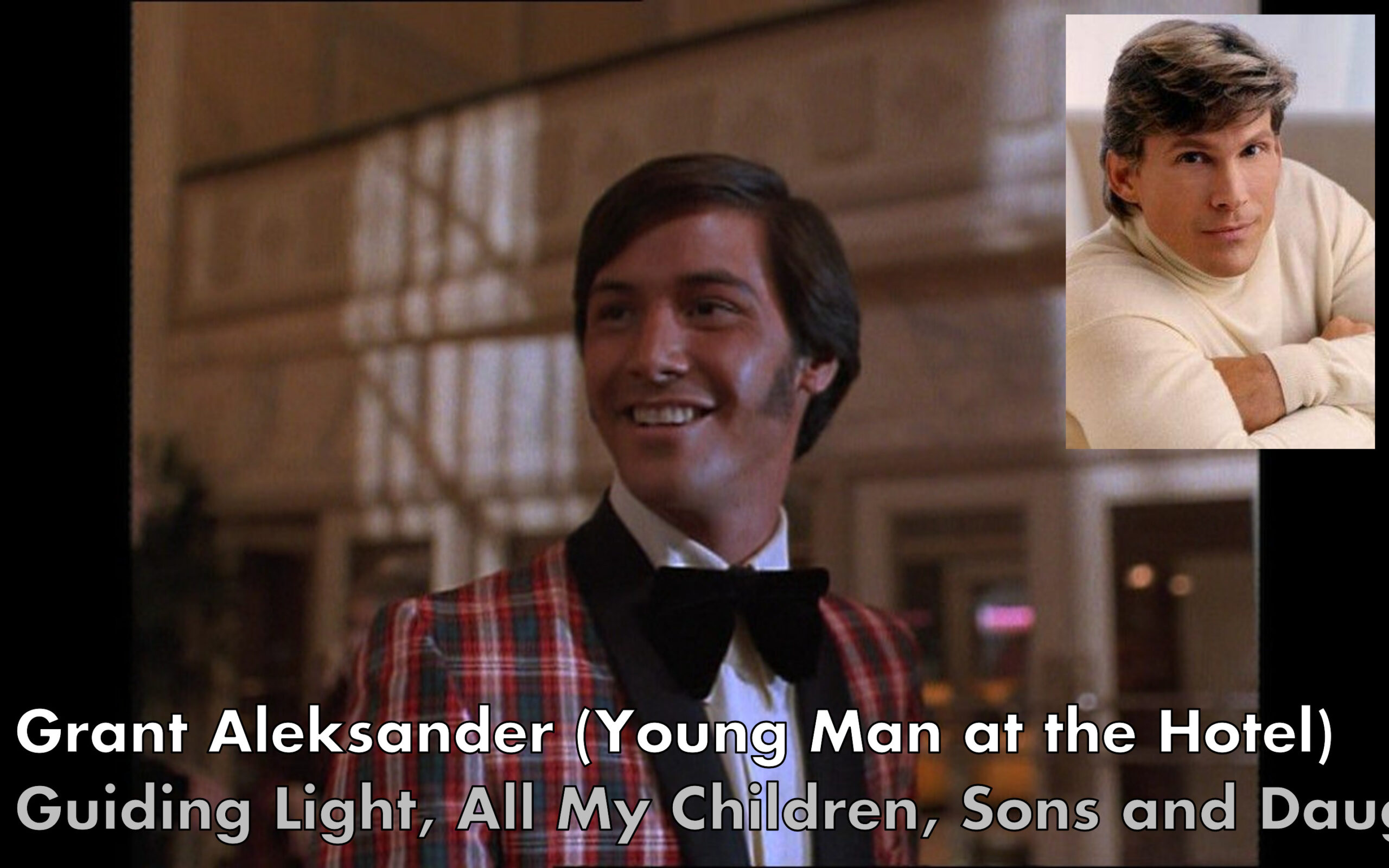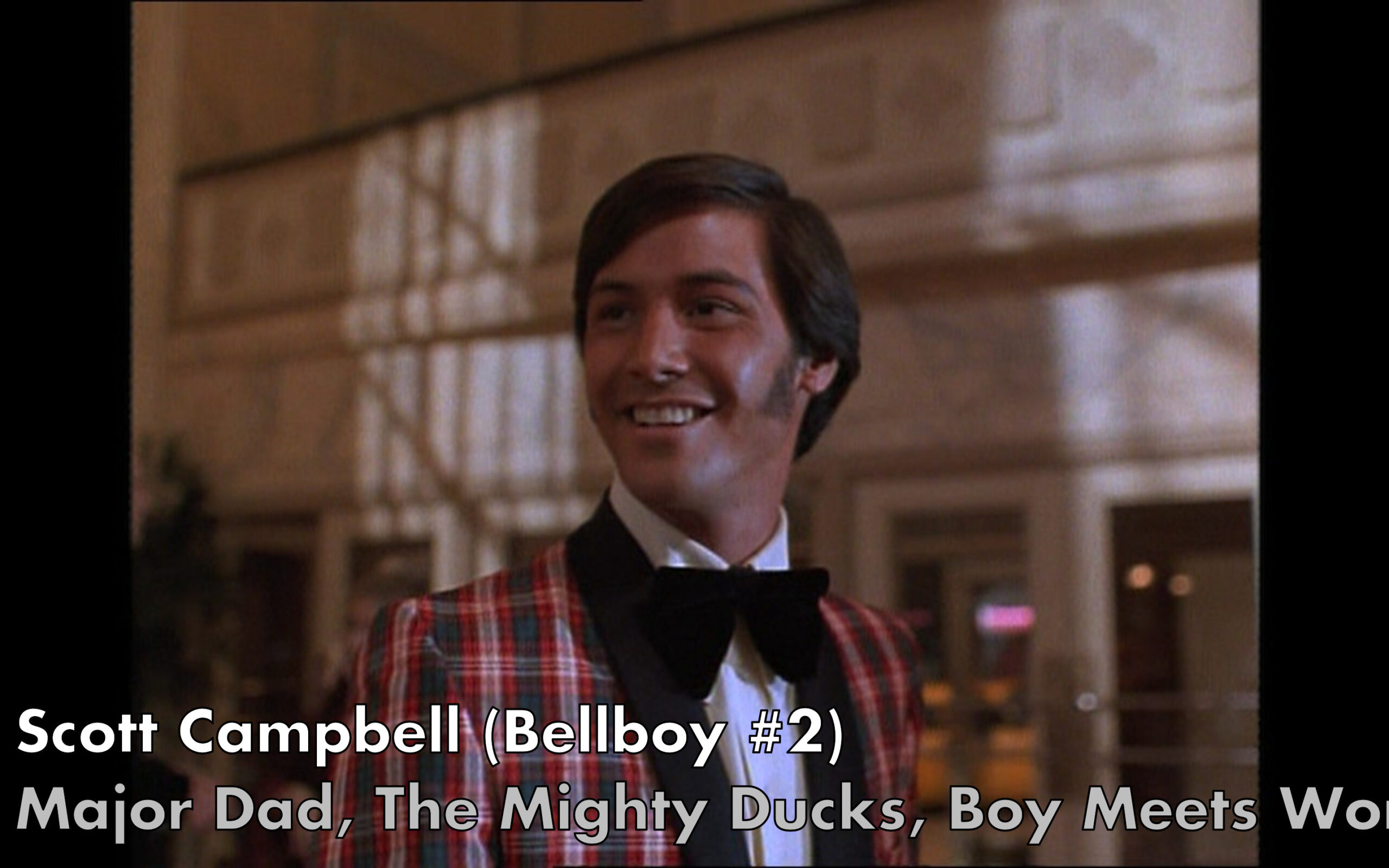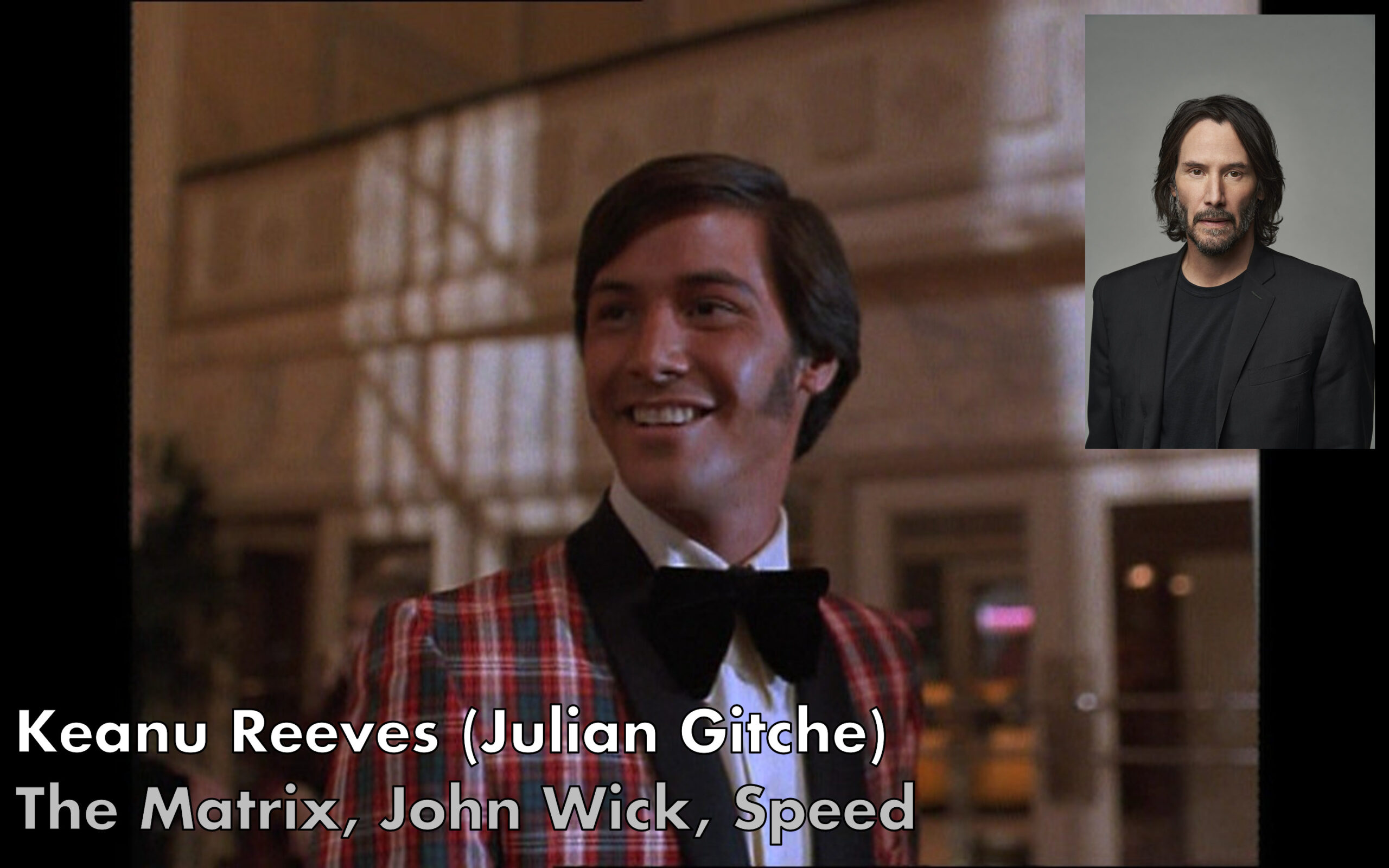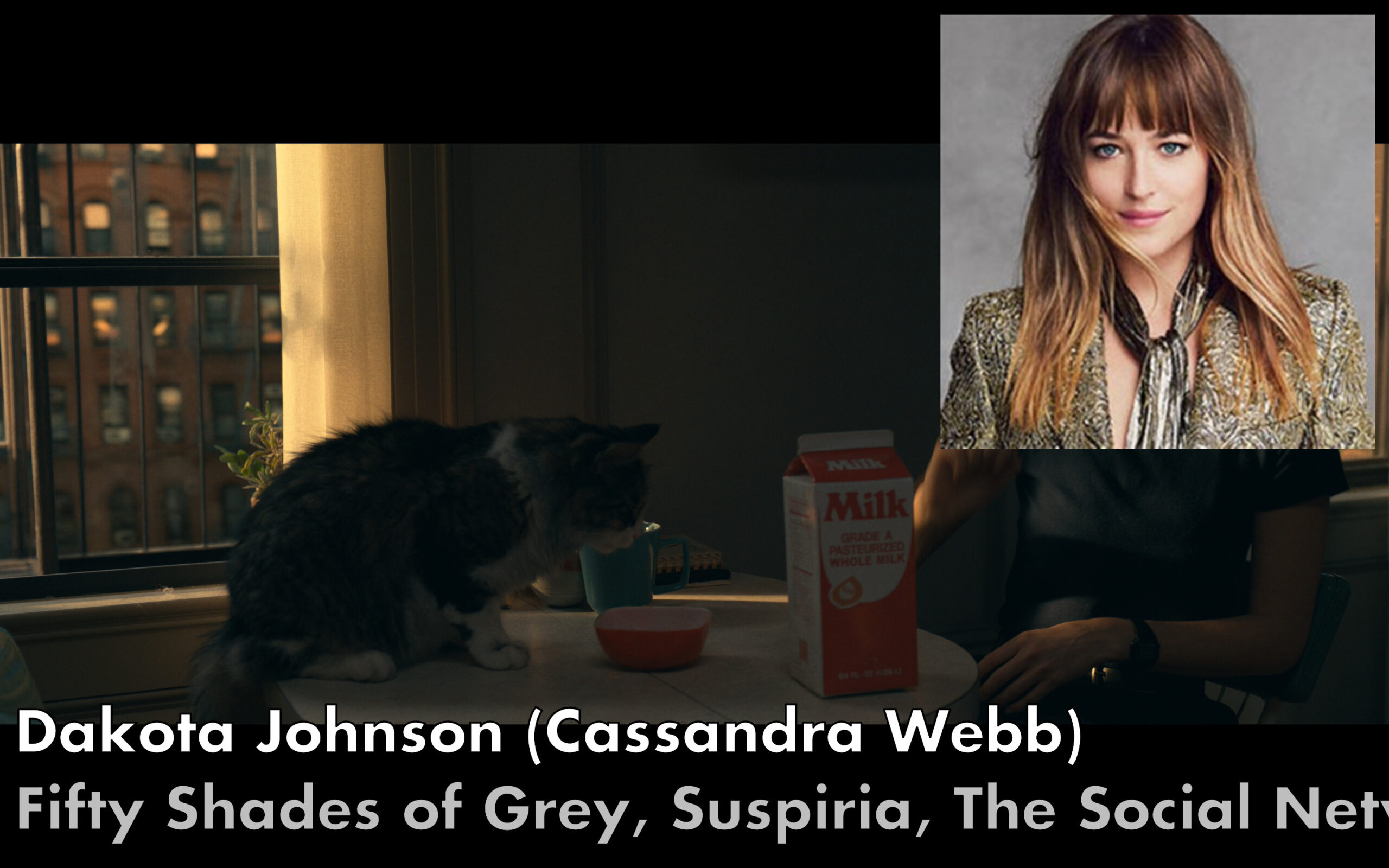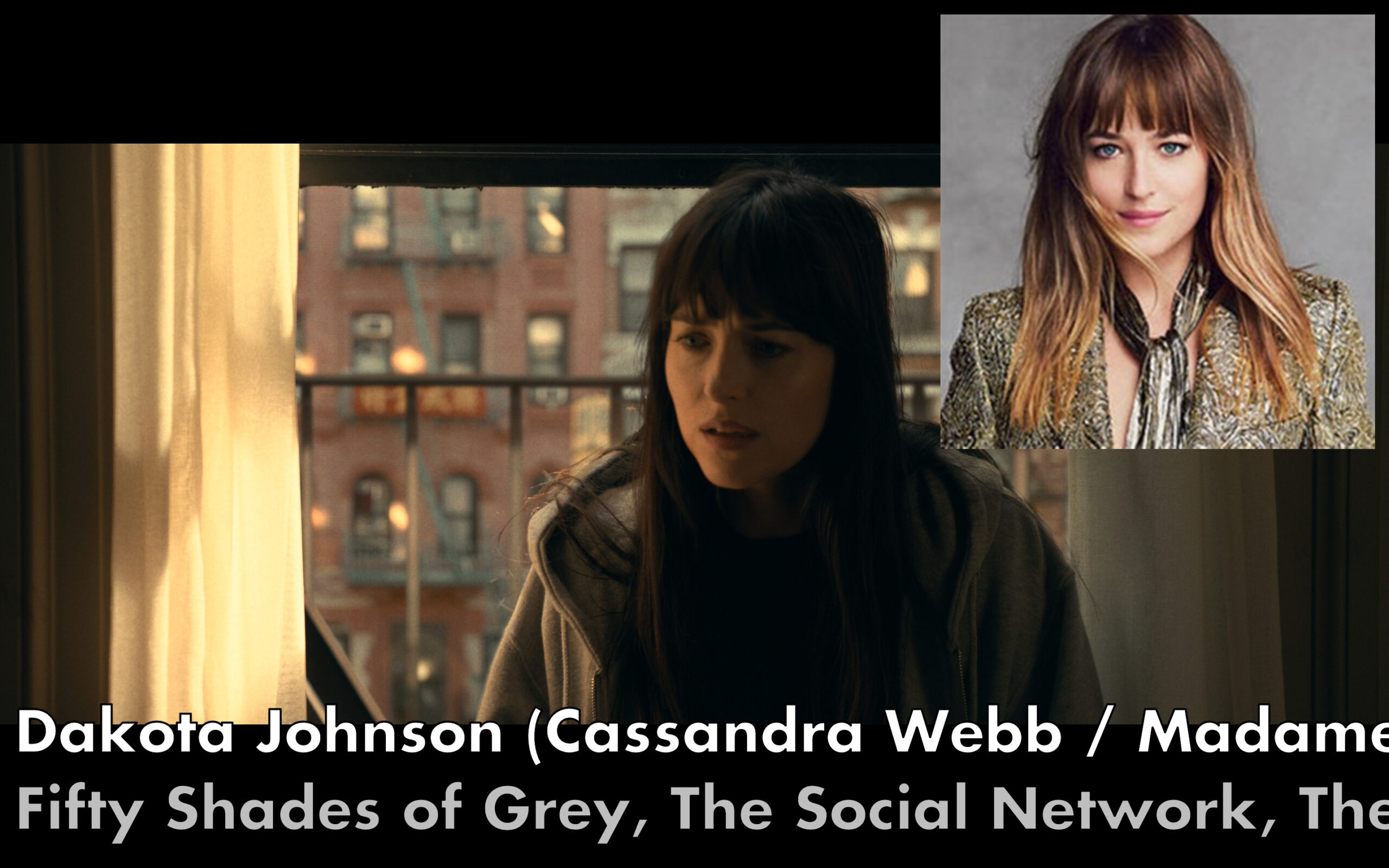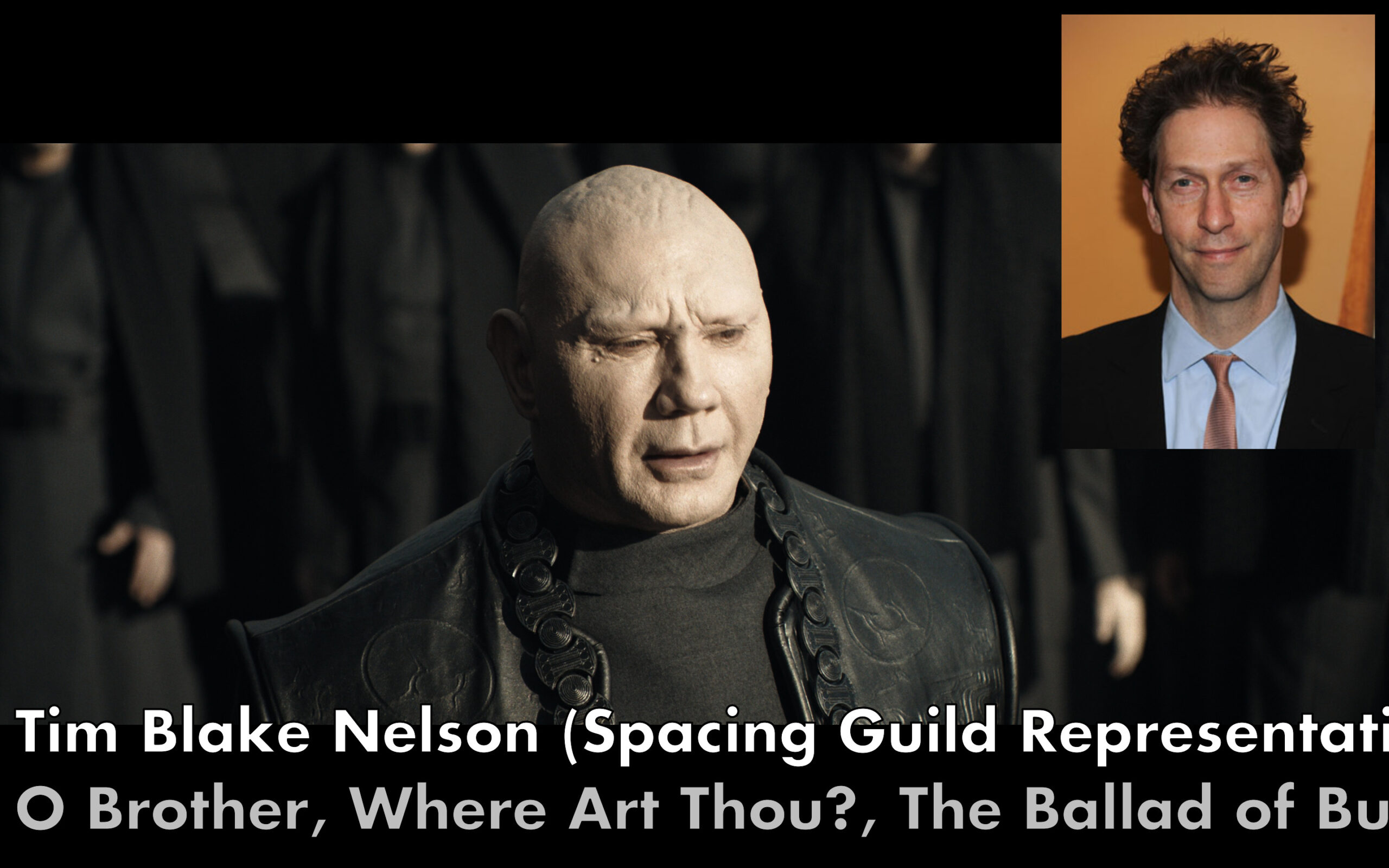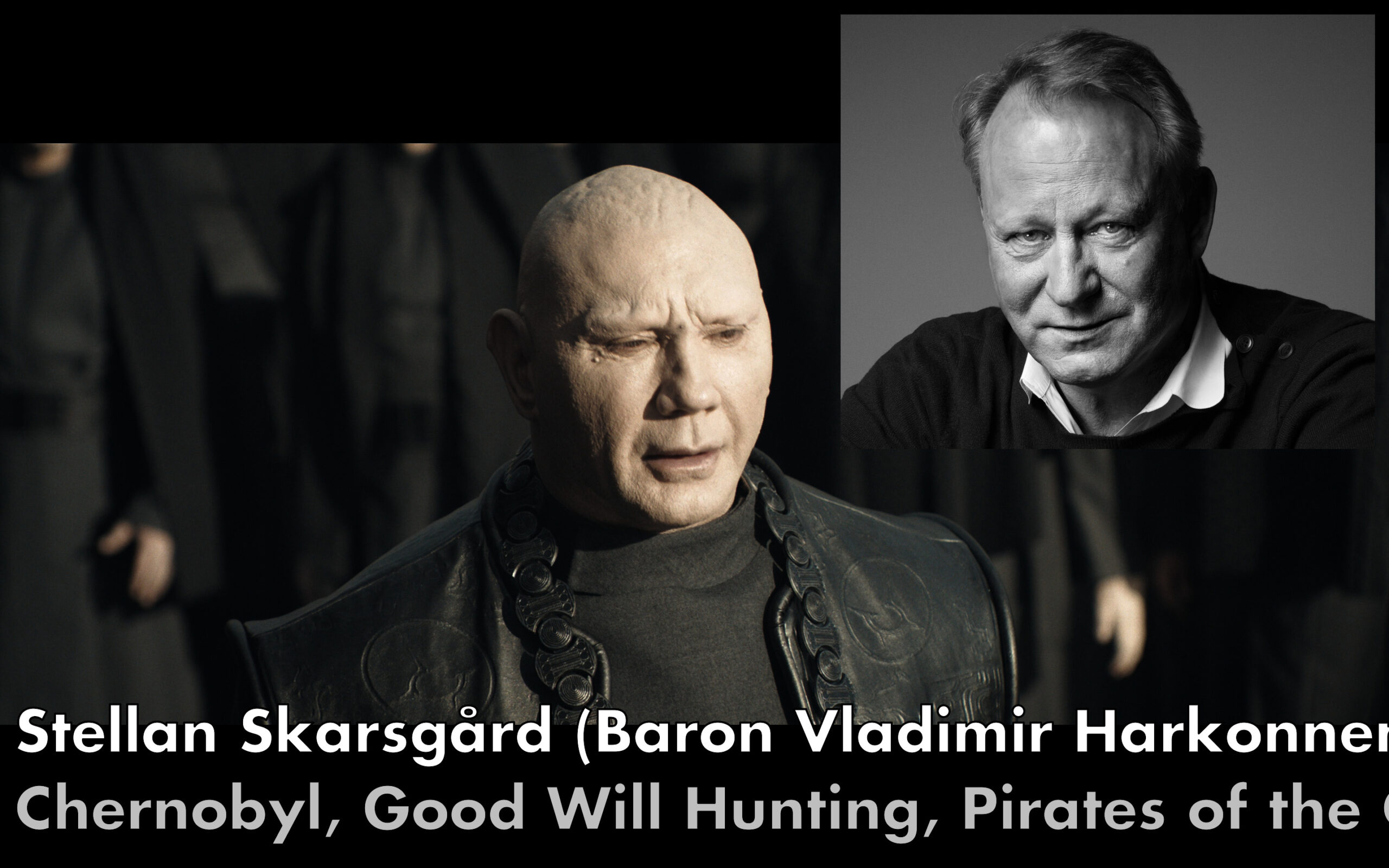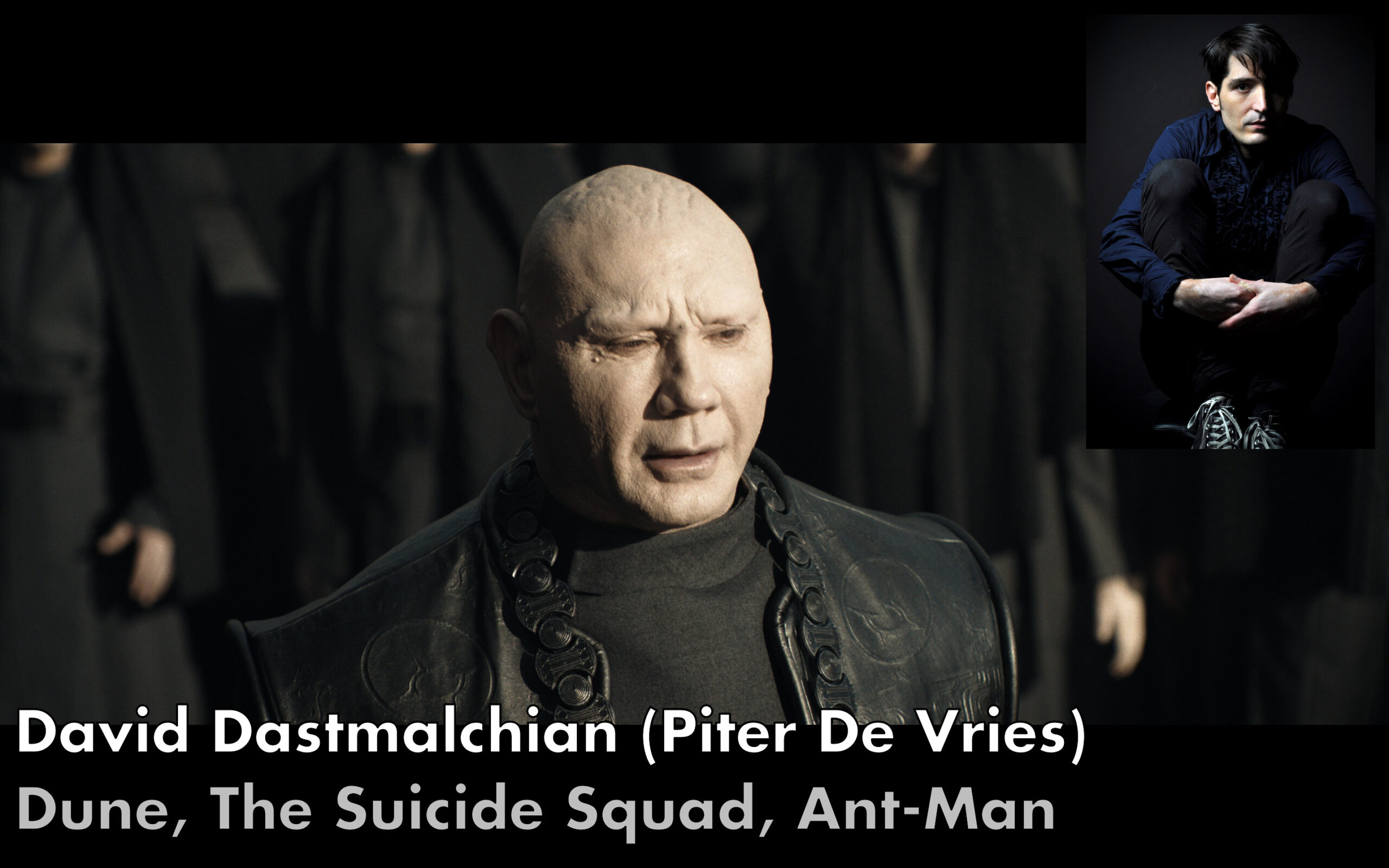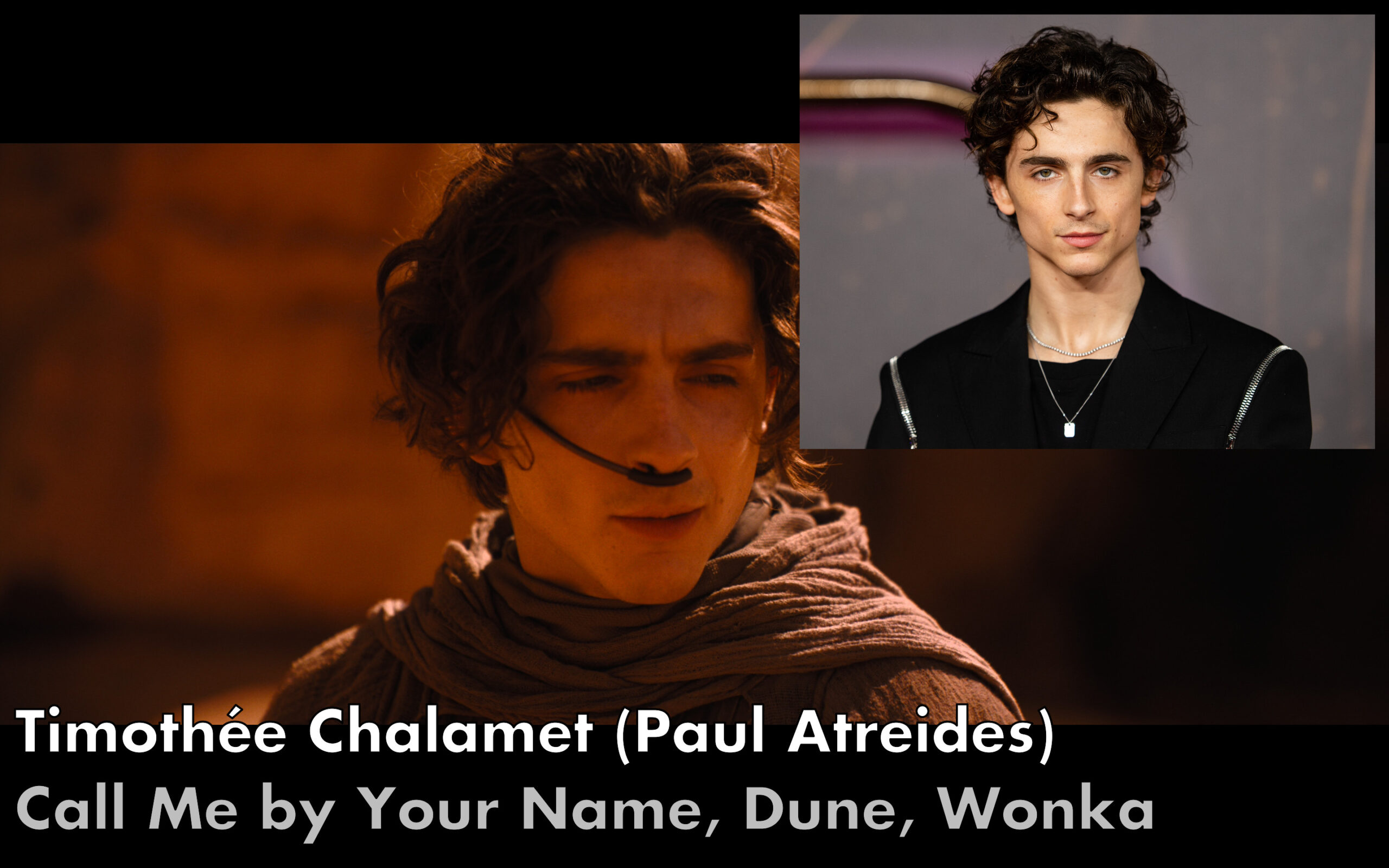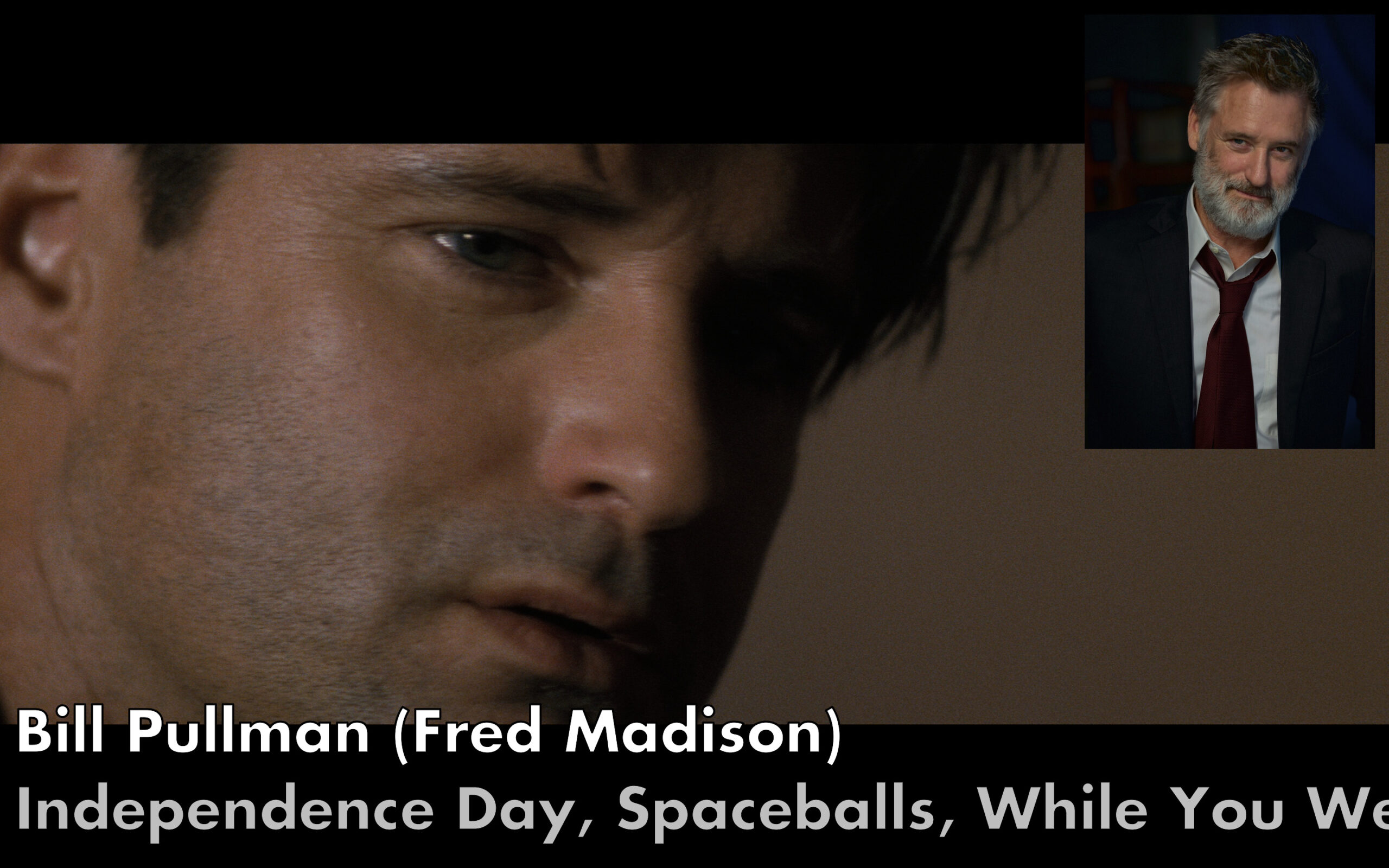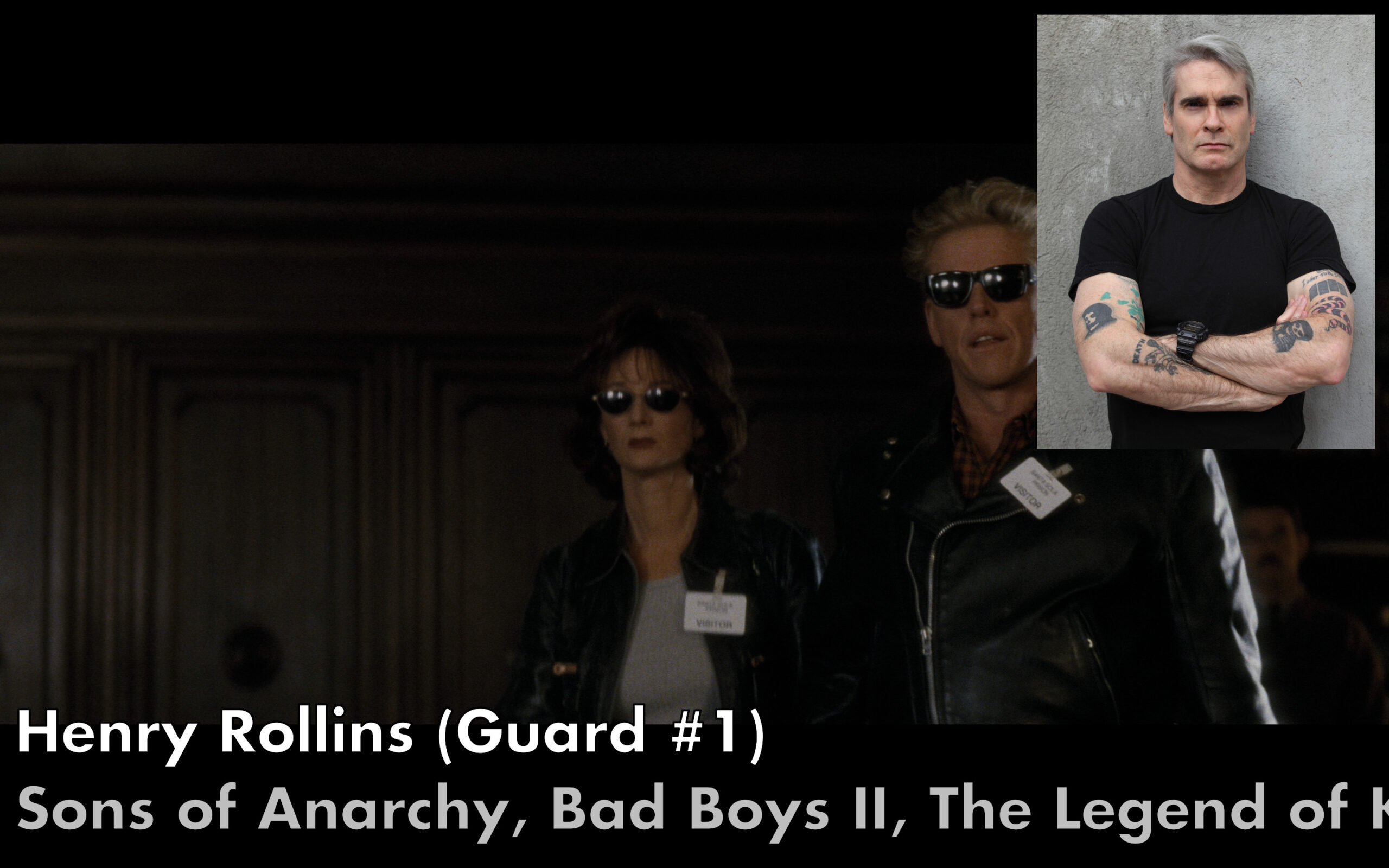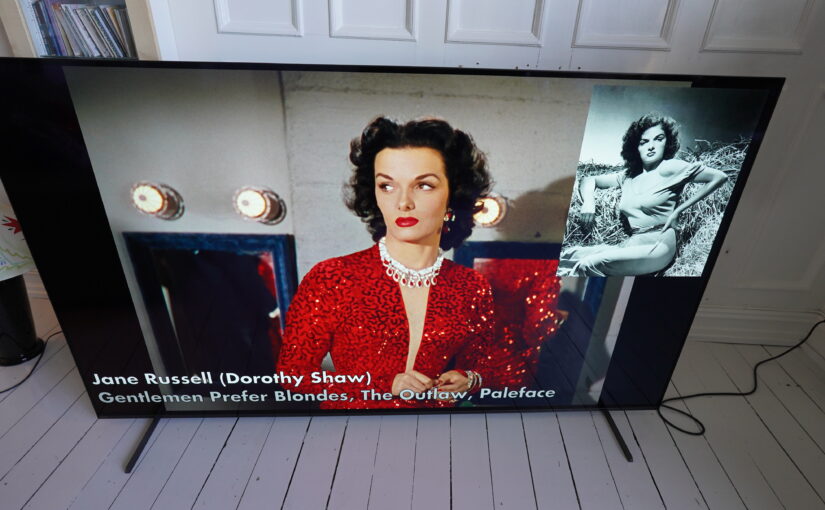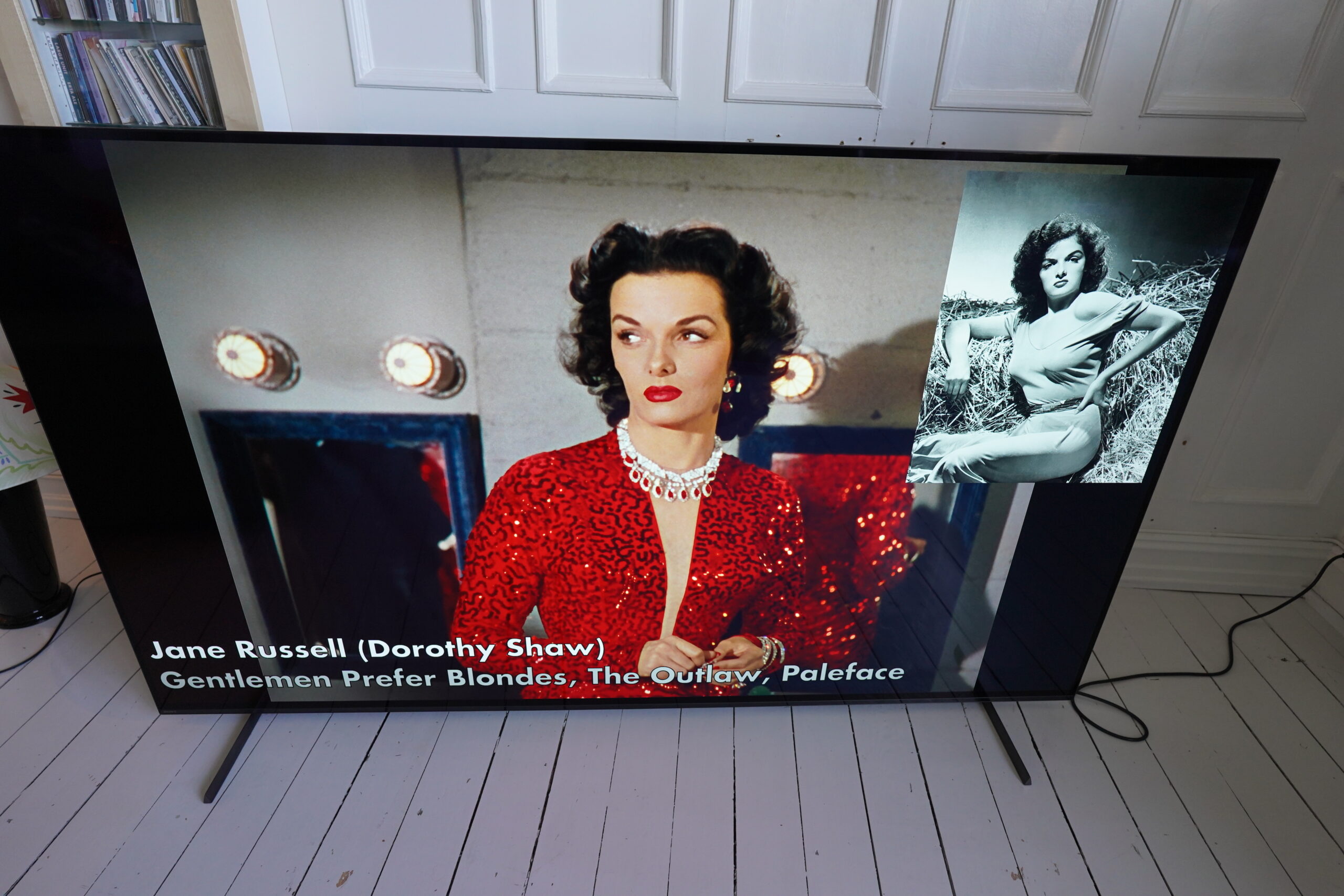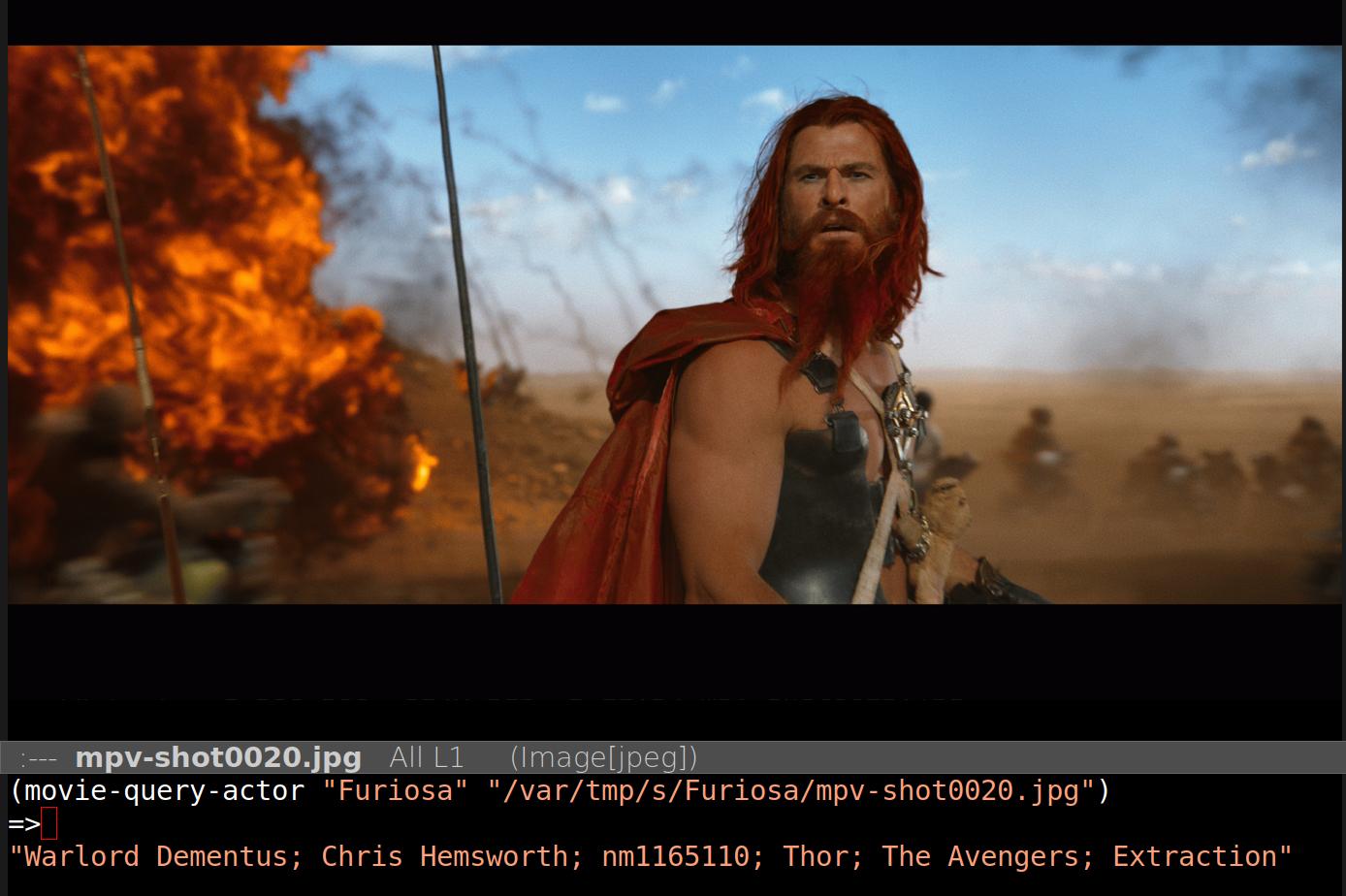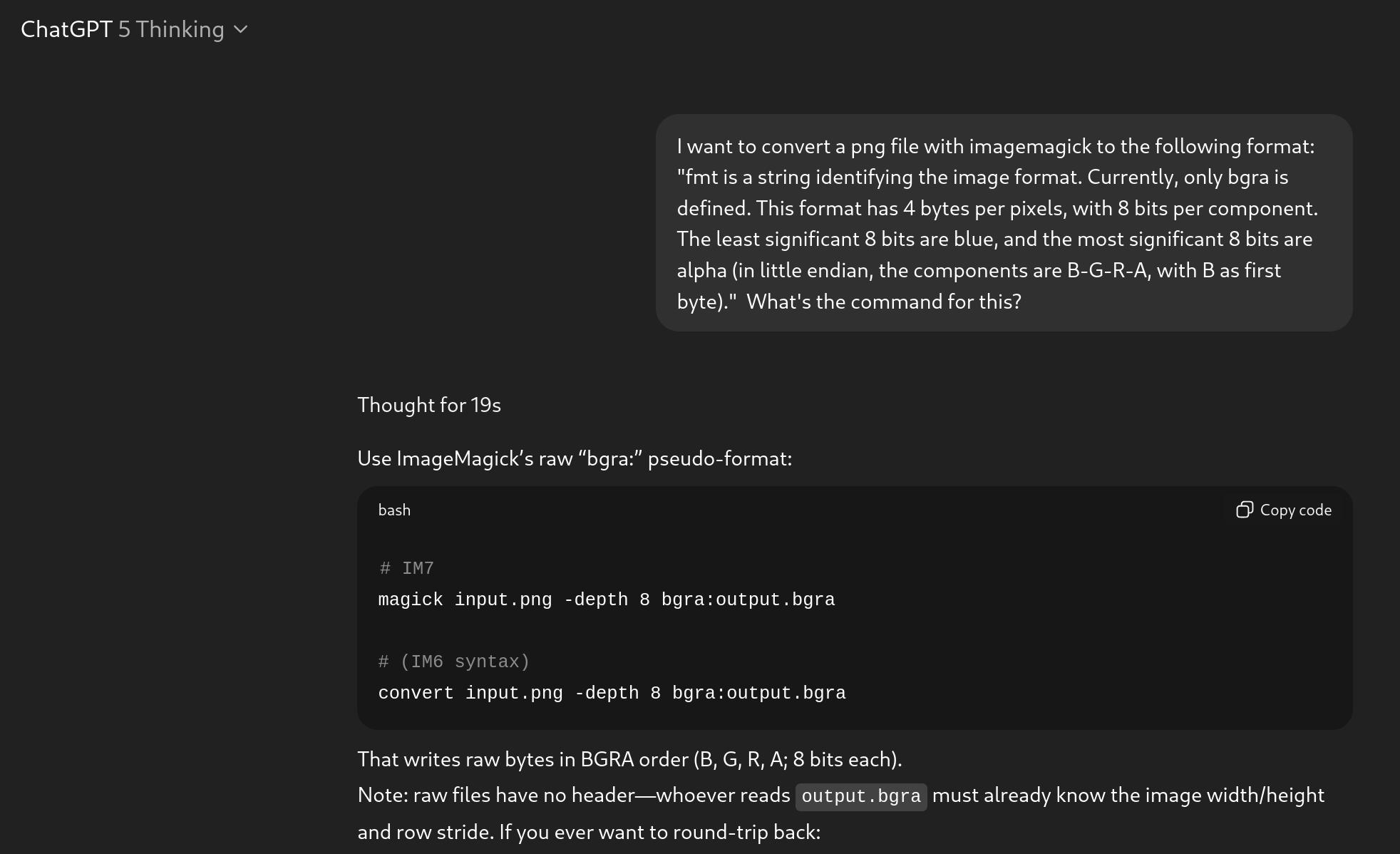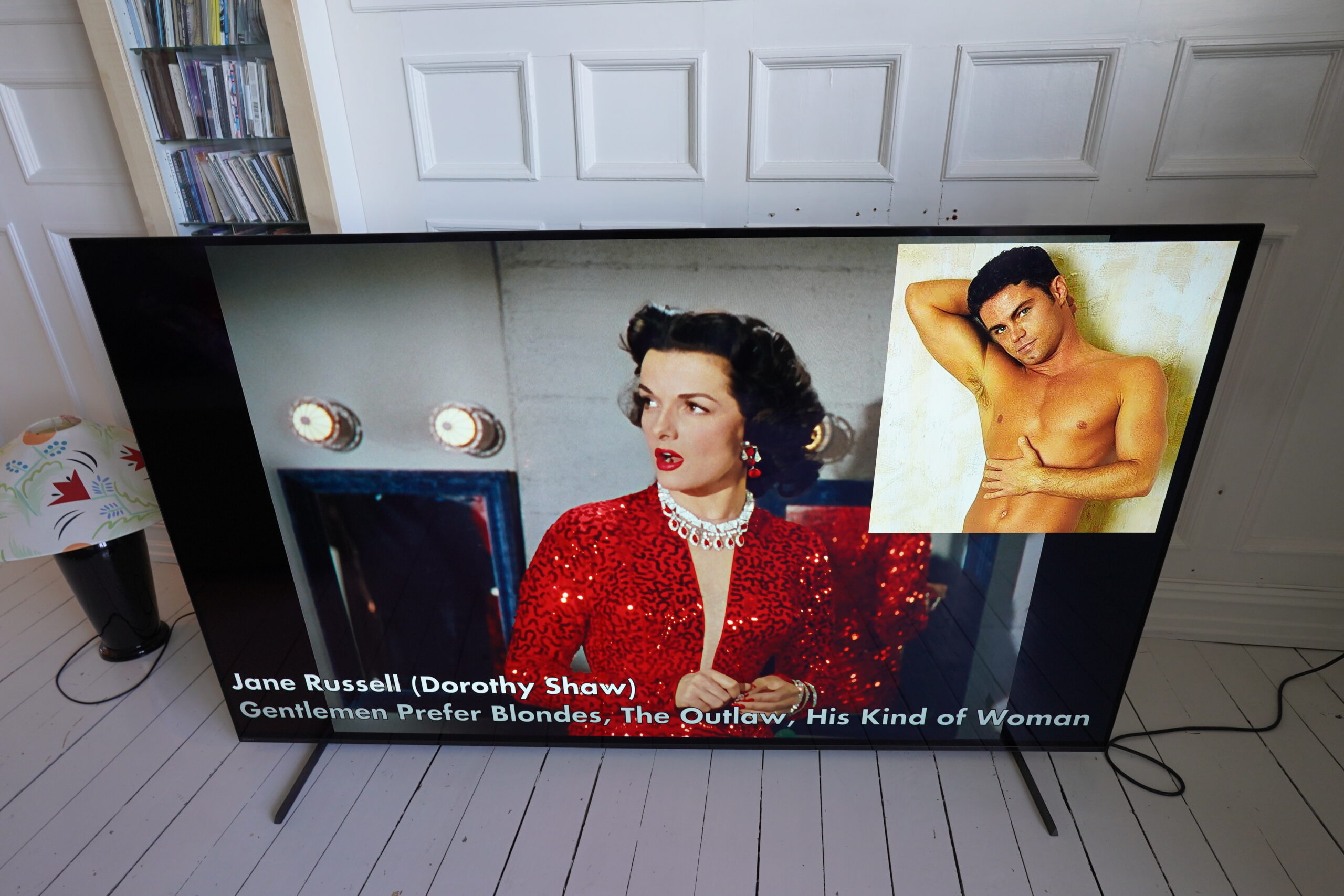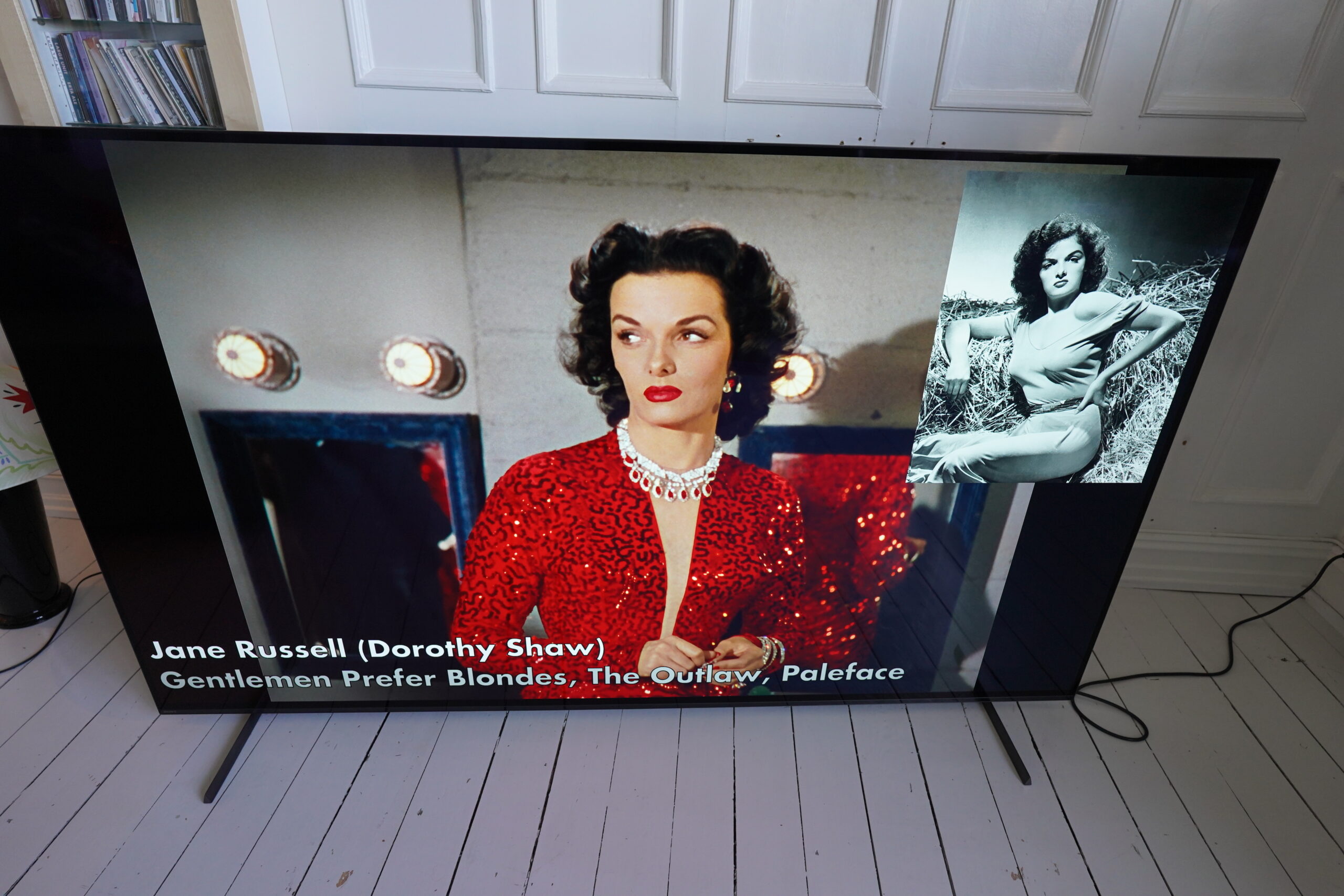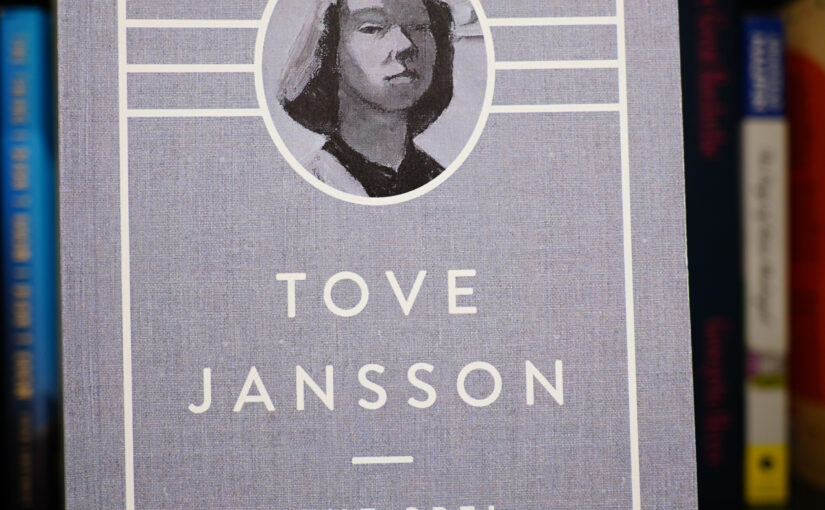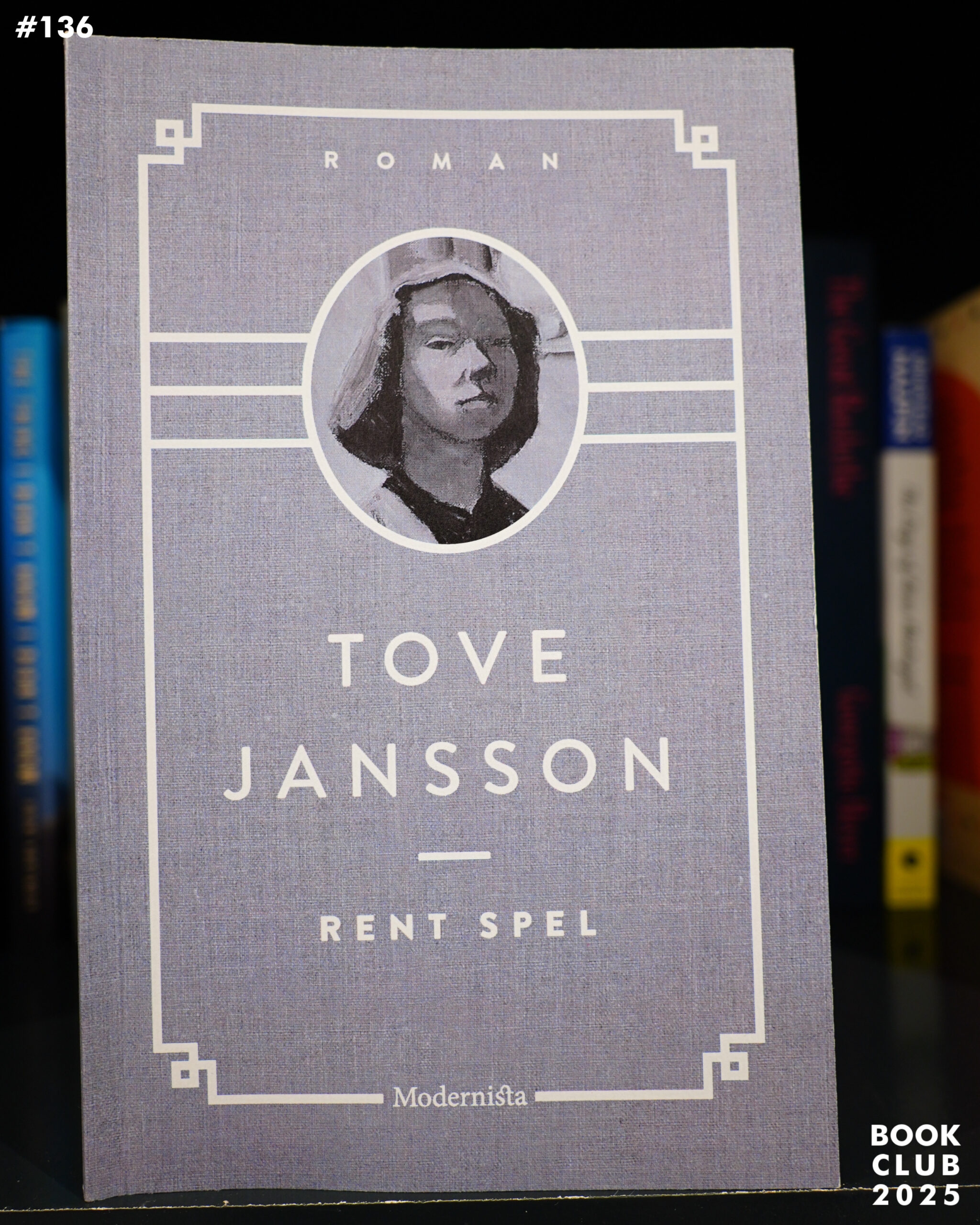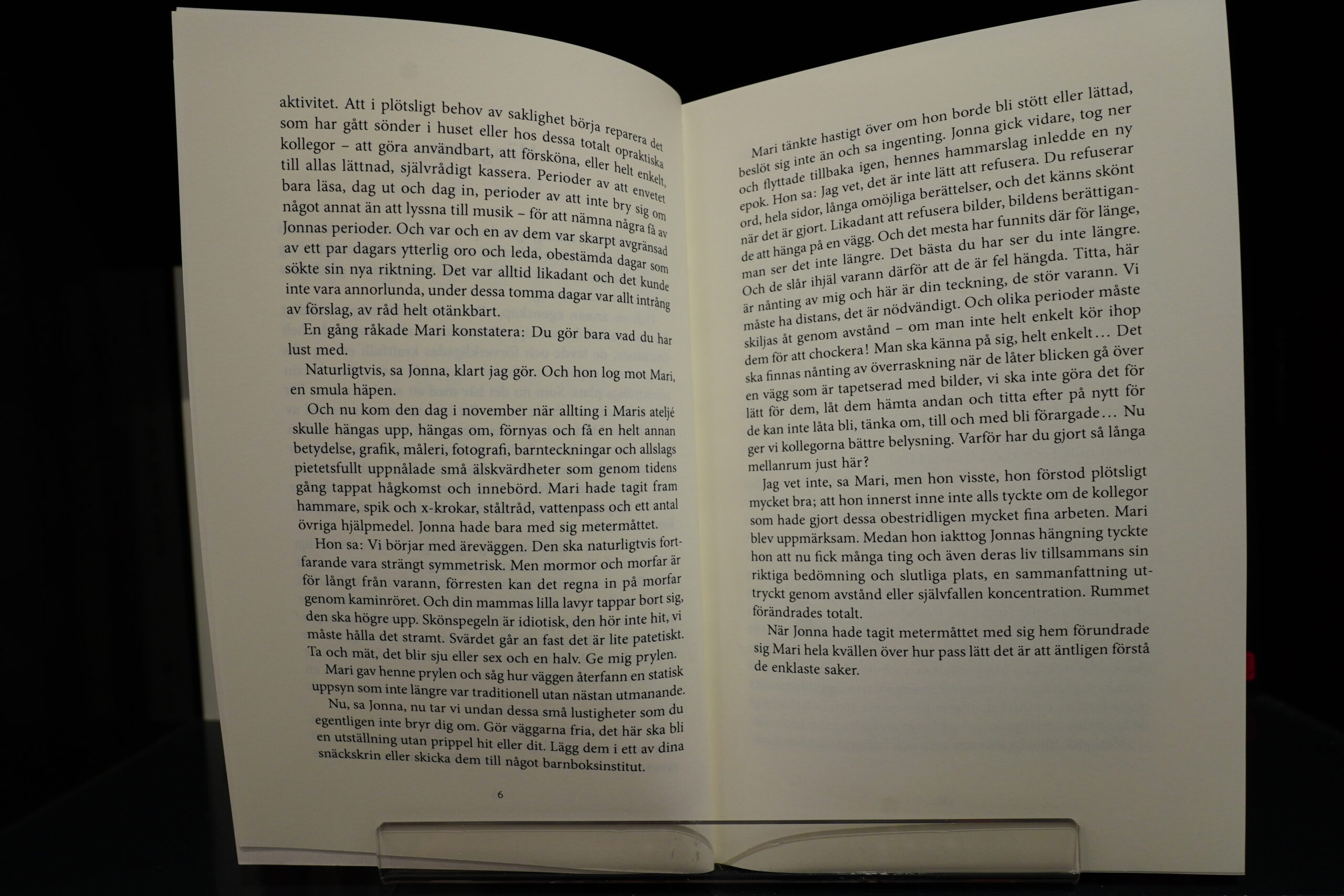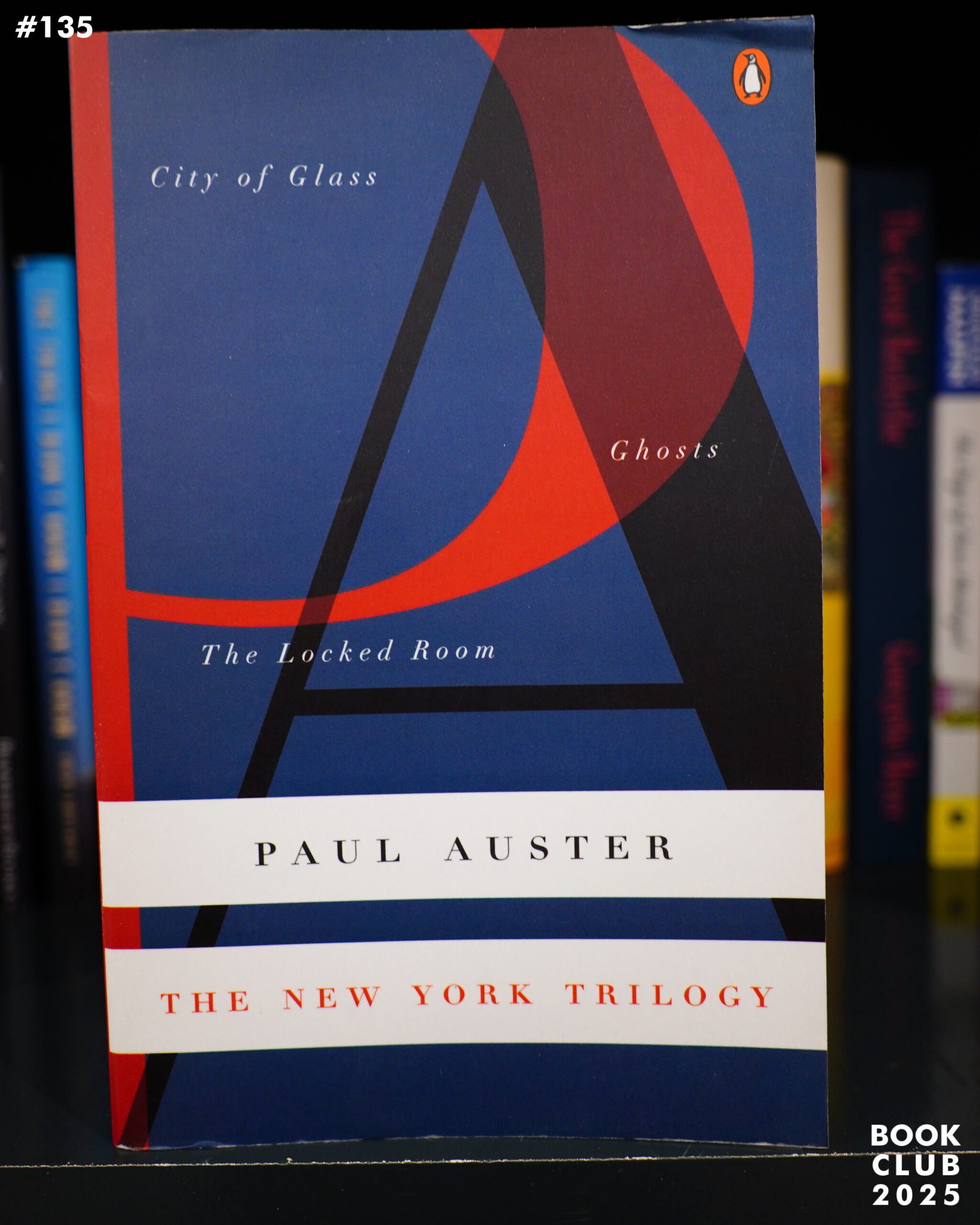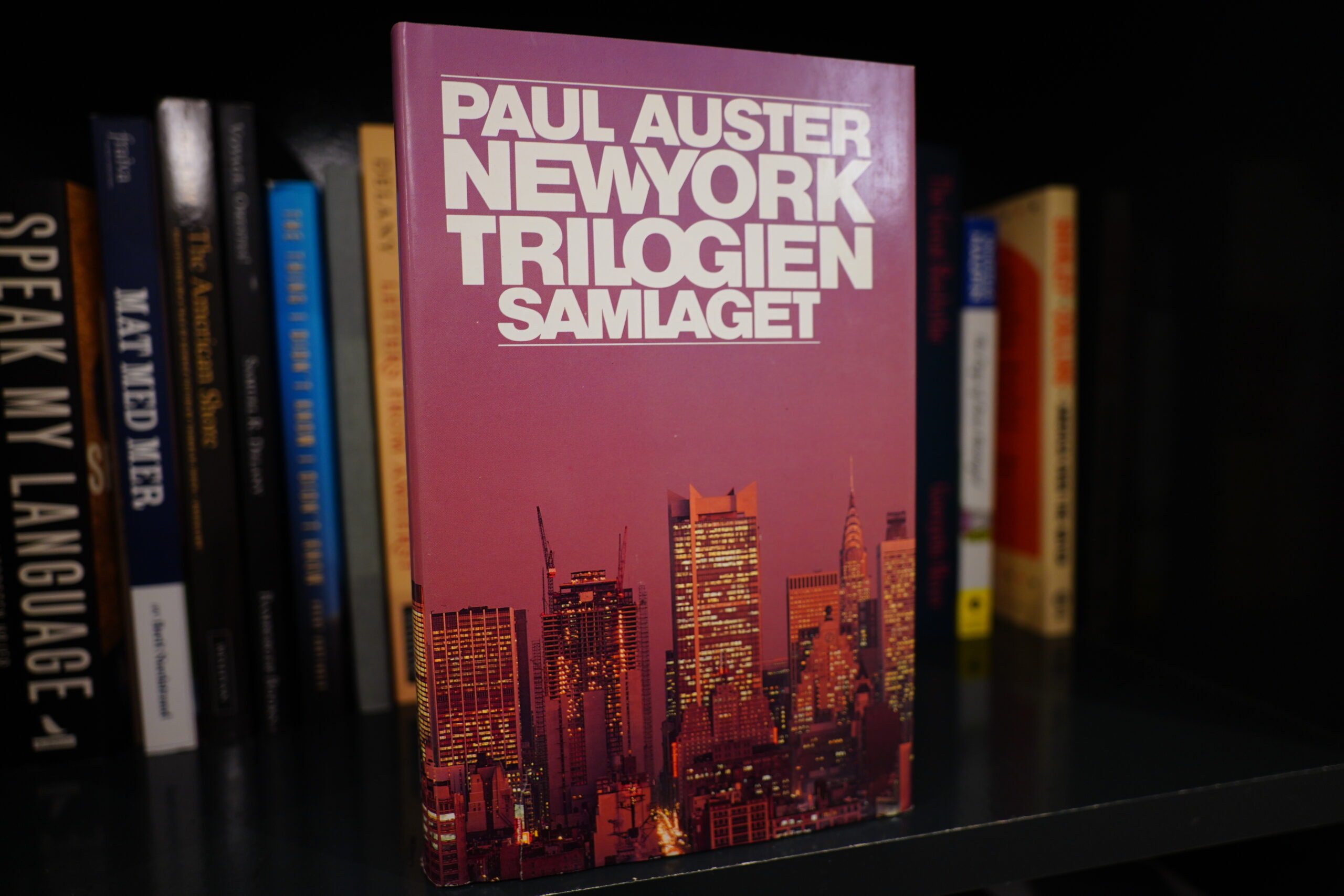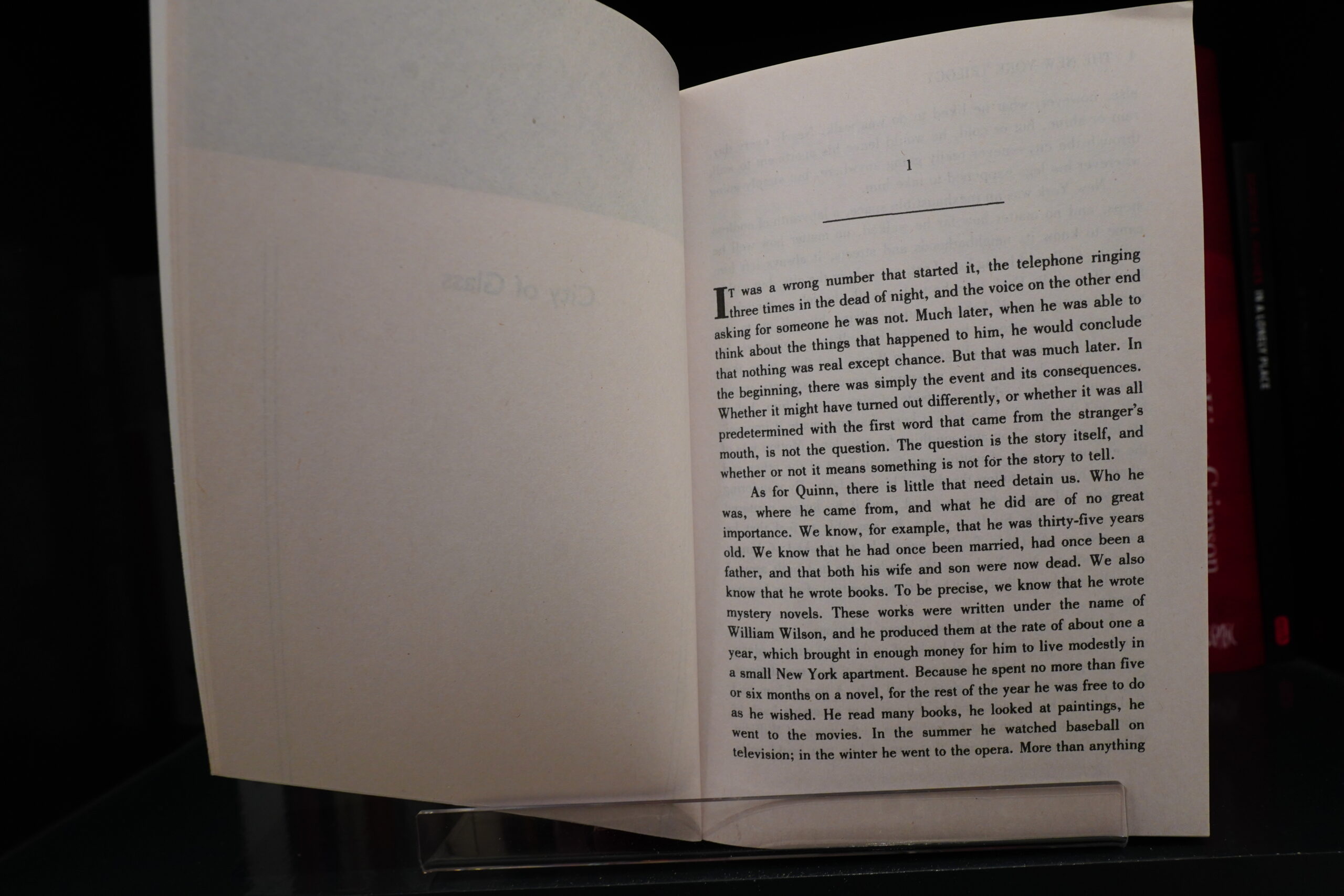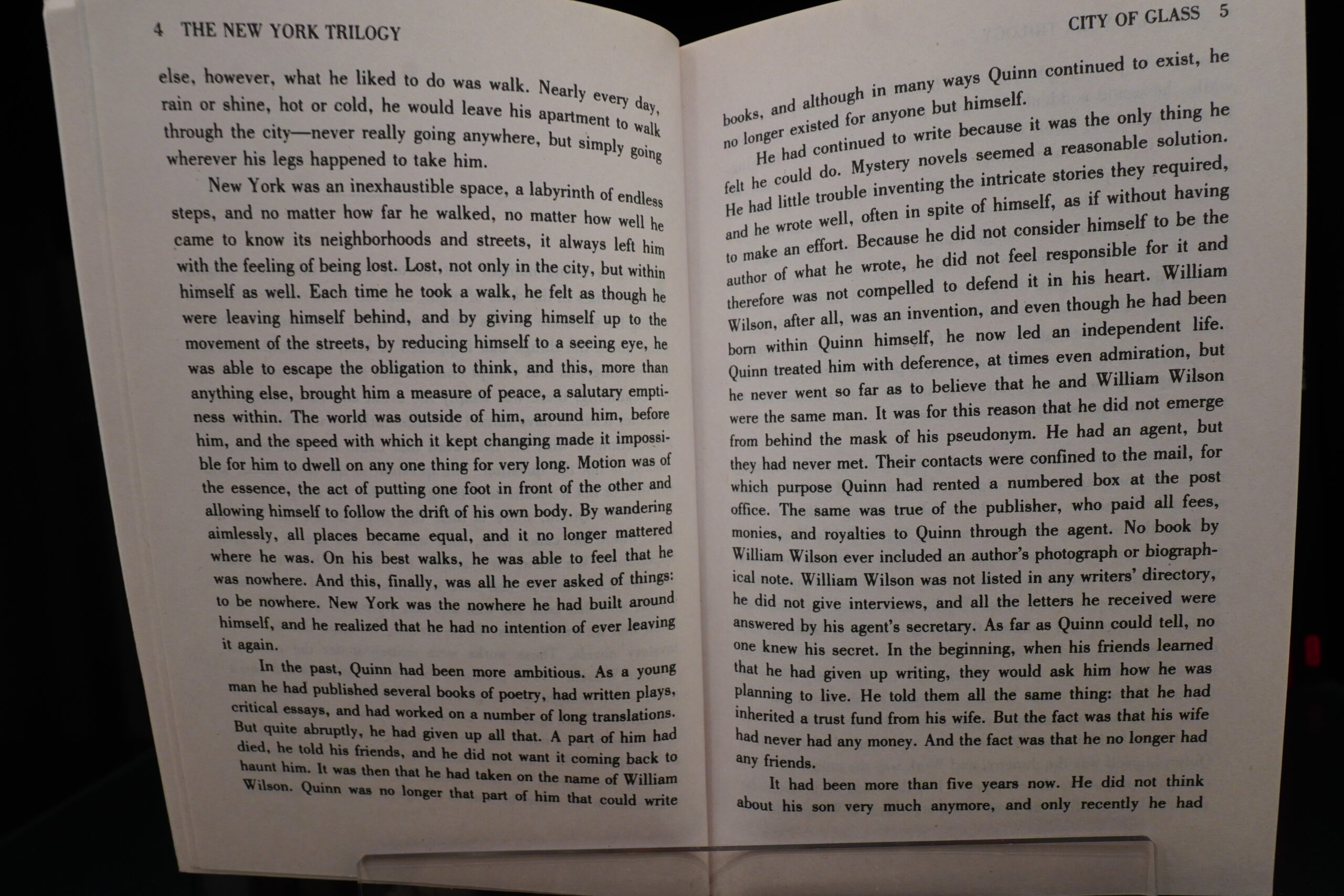I bought this because Lois Macmaster Bujold told us to:
And I think I’m coming down with a cold, so a fun fantasy book sounds like just the thing.
(Amusingly enough, the cover says that it’s better than Harry Potter. But this book was originally published in 1994, which I guess means that the publisher rushed out new editions of anything vaguely resembling Harry Potter to capitalise on the Harry Potter success.)
First of all, I’m surprised at how the big the type is. And indeed:
They’ve embiggened the font so that they can have a 480 page book instead of a 380 page book, because by this edition, only huge fantasy books sell.
But is it any good? It’s a frustrating book.
Stevermer is quite good at dialogue. So you get tons and tons of scenes of people talking wittily to each other, and these scenes work quite well, even though the actual jokes often make you go “er… wat?” Stevermer isn’t good at anything else, really. The world building is super duper thin. The book is supposed to be set in an alternate 1910 where magic is a thing, but virtually everything we encounter seems like it’s either from the 1700s or is medieval — it’s like the author hasn’t pictured the surroundings at all.
Even worse is that the author doesn’t seem to plan anything at all. I don’t think there’s a single plot element that’s planned in advance. Instead we get scenes like this, where just before Our Heroine needs to magically unlock a door, we’re told that her friend had tried to do the same earlier.
Which makes for a bewildering reading experience. Things just happen, and then another thing happens, and then another, and that’s the way for 480 pages.
Yeah, that’s pretty much it.
A College of Magics (1994) by Caroline Stevermer (buy used, 3.71 on Goodreads)

